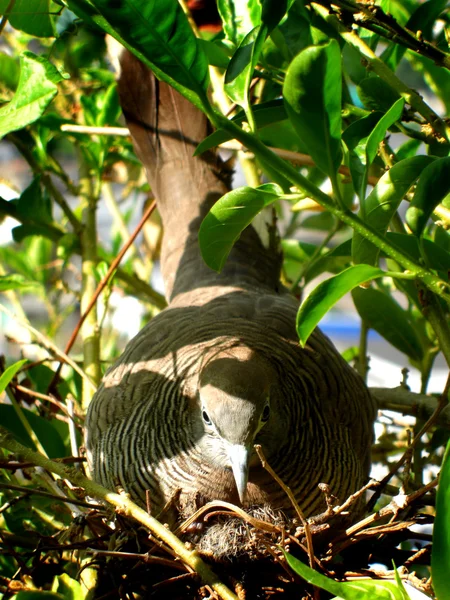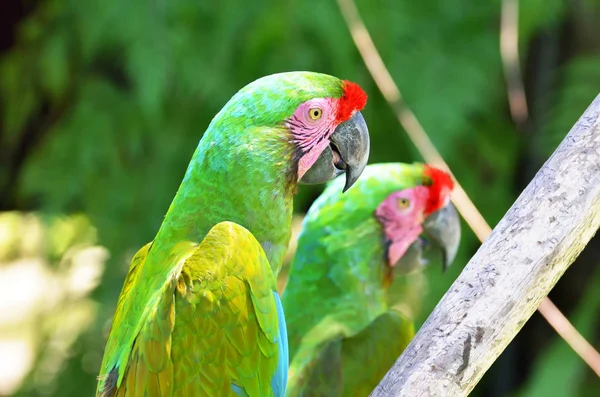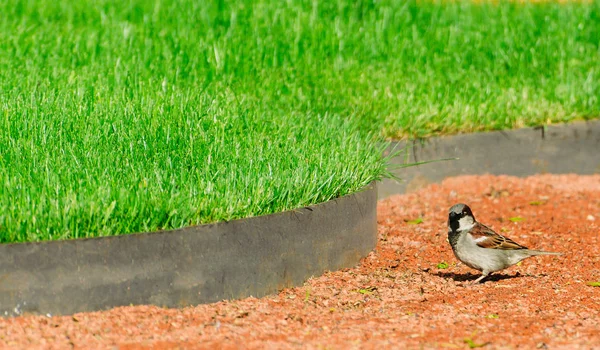Hummingbird Feeders Comprehensive Guide: Everything You Need to Know About Attracting and Feeding Hummingbirds!
Welcome to the ultimate guide to hummingbird feeders! Whether you’re a seasoned bird enthusiast or just starting your journey into the fascinating world of these tiny marvels, this comprehensive guide is your go-to resource for everything you need to know about attracting, feeding, and caring for hummingbirds.
From choosing the perfect feeder to creating the ideal nectar mix, we’ve got you covered with expert tips, insightful advice, and practical recommendations. So, grab your binoculars, sit back, and get ready to dive into the wonderful world of hummingbird feeders!

Hummingbird Feeders Comprehensive Guide
Hummingbird feeders are essential for attracting these delightful birds to your garden or yard. A comprehensive guide to hummingbird feeders covers everything from choosing the right feeder to maintaining it properly.
This guide will help you understand the types of feeders available, the best locations to place them, and how to make your own nectar. It also includes tips for preventing bees and ants from accessing the feeder and advice on when to change the nectar. Whether you’re a beginner or an experienced birder, this guide will enhance your hummingbird watching experience.
Types of Feeders: Explore the different styles and features of hummingbird feeders, including bottle, dish, and tube feeders.
Choosing the Right Feeder: Factors to consider when selecting a feeder, such as capacity, durability, and bee resistance.
Placement: Learn the best locations to hang your feeder to attract hummingbirds while keeping them safe from predators.
Nectar Recipe: Discover how to make hummingbird nectar using sugar and water, and why it’s important not to use honey or artificial sweeteners.
Maintenance: Tips for cleaning and maintaining your feeder to prevent mold and bacteria growth, ensuring the health of visiting hummingbirds.
Attracting Hummingbirds: Other ways to attract hummingbirds to your garden, such as planting native flowers and providing perches.
Understanding Hummingbird Feeders
Types of hummingbird feeders
Bottle feeders: Bottle-shaped feeders are popular for their ease of cleaning and filling.
Basin feeders: Basin-style feeders resemble small bowls and are known for attracting a variety of hummingbirds.
Saucer feeders: Saucer feeders have a flat, saucer-like design and are ideal for smaller spaces.
Tube feeders: Tube feeders feature a long, narrow tube that mimics a flower’s shape, attracting hummingbirds with ease.
Materials used in hummingbird feeders
Glass: Glass feeders are durable and easy to clean, often preferred for their aesthetic appeal.
Plastic: Plastic feeders are lightweight and affordable, suitable for beginners or those on a budget.
Metal: Metal feeders are sturdy and long-lasting, offering resistance to weather elements.
Features to look for in a hummingbird feeder
Capacity: Choose a feeder size that suits your needs, considering the number of hummingbirds in your area.
Ant moats: Look for feeders with built-in ant moats to prevent ants from reaching the nectar.
Bee guards: Opt for feeders with bee guards to keep bees away from the nectar.
Perches: Feeders with perches provide resting spots for hummingbirds, making feeding more comfortable for them.
Setting Up Your Hummingbird Feeder
Location
Sunlight exposure: Place your feeder where it receives partial sunlight to attract hummingbirds while keeping the nectar fresh.
Distance from windows and other obstacles: Hang the feeder at least 3 feet away from windows and obstacles to prevent collisions.
Hanging or mounting options
Choose a sturdy branch or hook to hang your feeder, ensuring it’s secure and easily accessible for refilling.
Maintenance tips
Cleaning frequency: Clean your feeder with hot water and a brush every 3-5 days to prevent mold and bacteria buildup.
Refilling nectar: Refill the feeder with fresh nectar every 3-5 days, especially in warmer weather, to maintain its attractiveness to hummingbirds.
Making Hummingbird Nectar
Ingredients
Water: Use clean, fresh water to make hummingbird nectar, avoiding distilled or mineral water.
Sugar: Use white granulated sugar, as it closely resembles the natural nectar of flowers.
Recipe for hummingbird nectar
To make hummingbird nectar, mix 1 part sugar with 4 parts water in a saucepan. Bring the mixture to a boil, stirring until the sugar is dissolved. Let it cool before filling your feeder.
Tips for using honey or alternatives
If using honey as a sweetener, ensure it’s organic and free of additives. You can also use agave nectar or cane syrup as alternatives to sugar, but avoid using artificial sweeteners or red food coloring in your nectar.
Attracting Hummingbirds
Planting hummingbird-friendly flowers
To attract hummingbirds, plant flowers rich in nectar, such as bee balm, trumpet vine, and salvia. Choose a variety of colors to attract a wider range of hummingbird species.
Providing water sources
Offering a shallow water source, such as a birdbath with rocks for perching, can attract hummingbirds for bathing and drinking. Ensure the water is clean and changed regularly.
Avoiding pesticides and herbicides
To protect hummingbirds and other wildlife, avoid using pesticides and herbicides in your garden. Opt for natural pest control methods, such as companion planting and manual removal of pests.
Common Problems and Solutions
Bees and wasps
To deter bees and wasps from your hummingbird feeder, use feeders with bee guards or ant moats. Place feeders in shaded areas, as bees are less active in cooler environments.
Ants
To prevent ants from reaching the nectar, apply a thin layer of cooking oil or petroleum jelly to the feeder’s hanging wire. Alternatively, use feeders with built-in ant moats.
Mold and fermentation
To avoid mold and fermentation, clean your feeder regularly with hot water and a brush. Replace nectar every 3-5 days, especially in warm weather, to keep it fresh.
Bully birds
To deter bully birds, such as larger species that dominate feeders, consider using feeders with perch guards or placing feeders in more secluded locations. Offering multiple feeders can also help reduce competition.

FAQs
What makes a hummingbird feeder different from other bird feeders?
Hummingbird feeders are specifically designed with small feeding ports to accommodate the long, slender bills of hummingbirds. They also often have bright colors to attract these birds.
How do I choose the right hummingbird feeder for my garden?
Consider factors like capacity, ease of cleaning, bee resistance, and the type of hummingbird food it accommodates. Look for feeders with bee guards and ant moats if these are concerns.
Can I make my own hummingbird nectar?
Yes, you can make hummingbird nectar at home using a simple recipe of four parts water to one part white granulated sugar. Avoid using honey, brown sugar, or artificial sweeteners.
How often should I change the nectar in my hummingbird feeder?
In hot weather, it’s recommended to change the nectar every 2-3 days to prevent fermentation and mold growth. In cooler weather, you can change it every 4-5 days.
How do I keep ants and bees away from my hummingbird feeder?
Use feeders with built-in ant moats or install an ant moat above your feeder. For bees, choose feeders with bee guards or consider using a saucer-style feeder that is less attractive to bees.
Are there any plants I can add to my garden to attract more hummingbirds?
Yes, planting native flowers like trumpet vine, bee balm, and salvia can attract hummingbirds to your garden. Providing a variety of nectar-rich flowers can help sustain them throughout the season.
Should I use red food coloring in my hummingbird nectar?
It is not recommended to use red food coloring, as it may be harmful to hummingbirds. The natural color of the feeder and the nectar’s sweetness are enough to attract them.
How do I clean my hummingbird feeder?
To clean your feeder, disassemble it and wash all parts with hot water. Use a mild soap if needed. Rinse thoroughly and allow it to dry completely before refilling.
What is the best way to store unused hummingbird nectar?
Store unused nectar in the refrigerator in a clean, sealed container. It can last for up to two weeks. Before refilling your feeder, bring the nectar to room temperature and stir it well.
Can I attract hummingbirds without a feeder?
Yes, you can attract hummingbirds by planting native flowers, providing water sources like fountains or misters, and avoiding the use of pesticides in your garden.

Conclusion
In conclusion, this comprehensive guide has provided a detailed overview of hummingbird feeders, including their types, benefits, maintenance tips, and considerations for optimal use. By following the advice outlined here, you can attract these delightful birds to your garden, providing them with a safe and nourishing environment.
Whether you’re a seasoned enthusiast or just starting, this guide aims to enhance your hummingbird feeding experience, ensuring a beautiful and enjoyable encounter with these tiny wonders of nature.